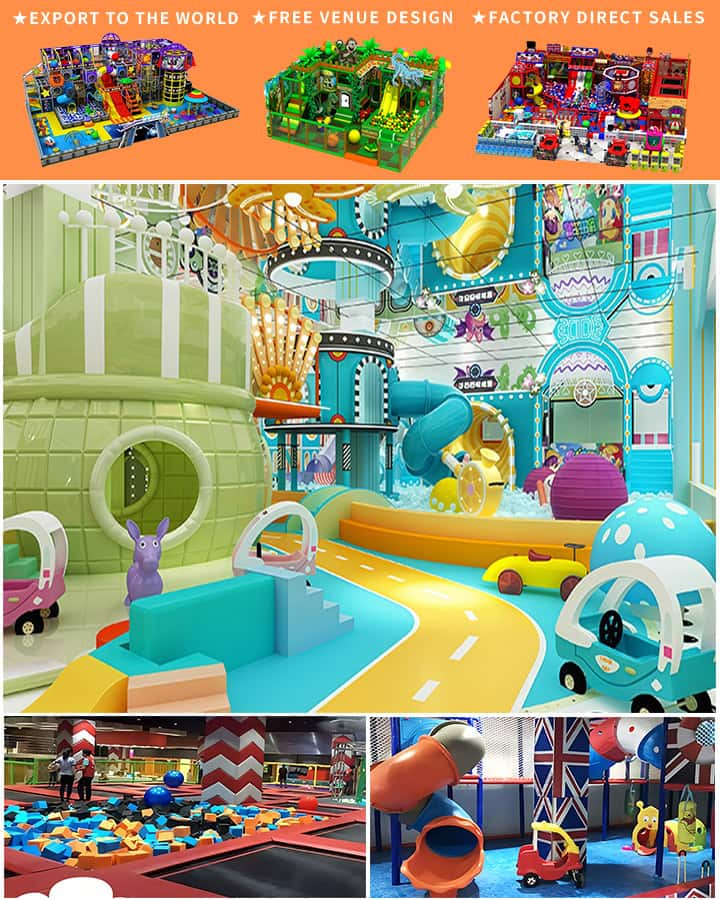When planning to construct or upgrade a commercial playground, one of the most critical factors to consider is the cost of playground equipment. This involves not only the initial price tag but also the long-term value and potential returns. Understanding the nuances of commercial playground equipment prices can help in making informed purchasing decisions that balance budget constraints with quality and durability.
Factors Influencing Commercial Playground Equipment Prices
Material Quality: One of the primary determinants of cost is the quality of materials used in manufacturing the playground equipment. High-quality, durable materials like stainless steel, high-density polyethylene (HDPE), and recycled plastics tend to be more expensive upfront but offer better longevity and safety standards.
Design and Complexity: The complexity of the design plays a significant role in pricing. Customized, themed, or intricately designed playgrounds generally come at a higher cost compared to standard structures. Advanced features such as interactive elements, multi-sensory components, and inclusive designs for children with disabilities can increase both functionality and price.
Size and Scale: Larger playgrounds with more equipment pieces will naturally have higher overall costs. However, buying in bulk may sometimes reduce the per-unit price. Additionally, larger installations require more labor, which adds to the total expense.

Installation and Labor Costs: While some equipment is sold as DIY kits, professional installation is often recommended for safety and warranty purposes. The cost of labor for installation can vary significantly based on location, accessibility of the site, and the complexity of the assembly.
Safety Standards and Certifications: Compliance with national and international safety standards (e.g., ASTM F1487 in the United States) ensures that the equipment is safe for use. Equipment meeting stringent safety certifications might be priced higher but offers peace of mind and liability protection.
Brand and Manufacturer Reputation: Established brands with a reputation for quality and reliability often charge a premium. While it can be tempting to opt for cheaper, lesser-known brands, investing in reputable manufacturers can ensure better customer service, warranties, and after-sales support.
Budgeting for a Commercial Playground
Initial Investment vs. Long-term Benefits: It’s essential to strike a balance between upfront costs and long-term benefits. Cheaper equipment may save money initially but could require frequent repairs or replacements, ultimately costing more over time.
Financing Options: Exploring financing options such as grants, loans, or leasing can make high-quality playground equipment more affordable. Many municipalities and organizations offer funding opportunities specifically for recreational facilities.
Maintenance Costs: Regular maintenance is crucial for ensuring the longevity of playground equipment. Consider potential maintenance costs when evaluating different options, as some materials and designs are easier and cheaper to maintain than others.
Insurance and Liability: Investing in high-quality, certified playground equipment can also lower insurance premiums and mitigate liability risks associated with accidents or injuries.
Conclusion
The price of commercial playground equipment varies widely based on multiple factors including material quality, design complexity, size, installation requirements, safety standards, and brand reputation. While budget constraints are a significant consideration, it’s important to view the investment in terms of long-term value and benefits. By carefully evaluating these factors and exploring financing options, stakeholders can make informed decisions that provide safe, enjoyable, and enduring play spaces for children.




